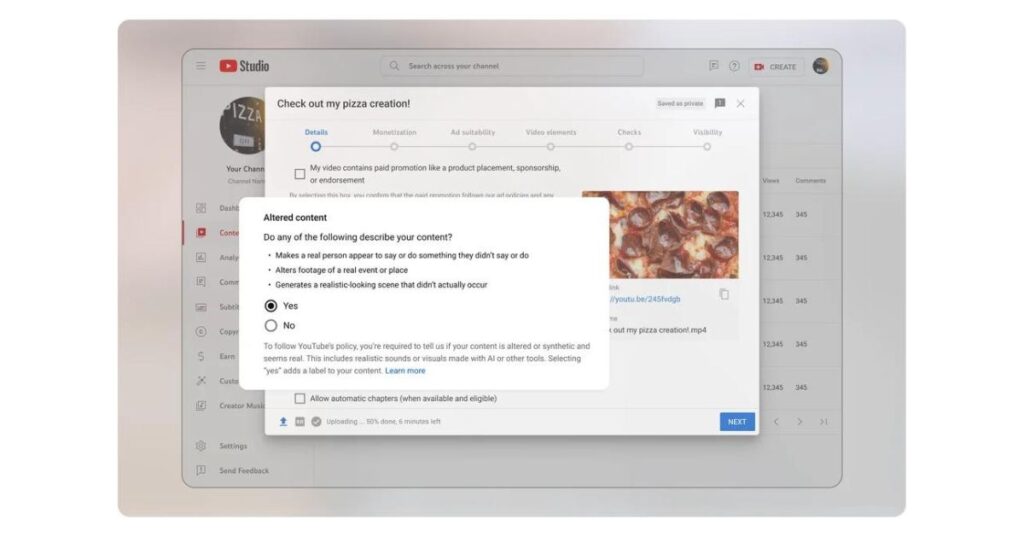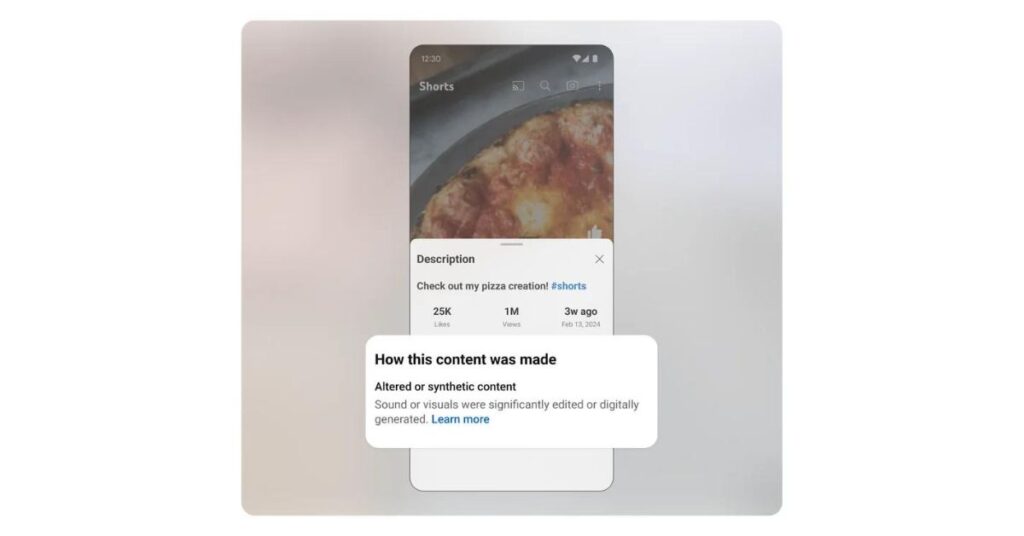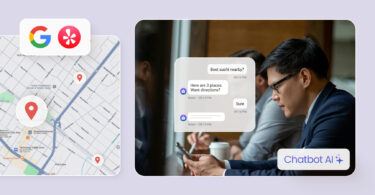In a landmark move aimed at bolstering transparency and trust, YouTube has introduced a mandatory policy requiring creators to disclose the use of AI-generated content in their videos. This decision comes in response to the growing concerns over artificial intelligence’s role in content creation and its potential to mislead viewers.
Policy overview: Combating deceptive content with transparency
YouTube now mandates that creators reveal when their videos include AI-generated or significantly altered media that mimics reality. This aims to address the urgent issue of synthetic media misleading viewers, a problem magnified by rapid advancements in AI capabilities.

What needs disclosure and how
The new policy requires creators to clearly state the disclosures, either within the video description or directly on the video itself. Scenarios requiring disclosure include:
- Altering footage to swap faces
- Using AI-generated voices
- Modifying real-world locations
- Creating photorealistic depictions of fictional events

Exceptions to the rule
The policy acknowledges the creative potential of AI and exempts its use in productivity tasks (e.g., scripting or caption automation) and purely creative applications (e.g., animated characters, special effects). This nuanced approach balances the benefits of AI’s creative capabilities with the need for transparency and preventing audience deception.
Transparency: The rationale for the policy
YouTube’s initiative reflects a broader demand for transparency in online content, especially against the backdrop of deepfakes and misinformation. The policy helps viewers distinguish between AI-generated fiction and reality, safeguarding the authenticity of content consumed online.
While YouTube is providing a grace period for compliance, it warns of strict enforcement measures for repeated non-compliance. This emphasizes the platform’s commitment to transparency as a core value.

Privacy protections
Further strengthening user privacy, YouTube is allowing individuals to request the removal of AI-generated content that uses their likeness without consent. This measure addresses potential concerns over deepfake exploitation and privacy violations.
Impact on marketers and brands
The new guidelines compel marketers to reassess their use of AI in creating promotional content. Transparency in how AI is applied will be crucial, as overreliance on synthetic media risks eroding the authenticity valued by audiences.
The future outlook
This policy represents a pivotal moment for YouTube and the wider media landscape, confronting the AI misinformation challenge and reinforcing the platform’s reputation as a trusted content hub. The emphasis on transparency and authenticity in the AI era highlights YouTube’s commitment to maintaining the integrity of its content ecosystem.
As YouTube rolls out this policy, the industry awaits its impact on creator behavior and audience perception. This initiative not only redefines content creation paradigms but also positions transparency and authenticity as foundational virtues in the age of AI.
How BirdAI makes a difference
Using AI for content creation can be a tricky road to navigate. Therefore, it’s crucial to find responsible AI tools that value transparency and trust. That’s where Birdeye’s BirdAI comes in with an array of AI features tailored specifically for local businesses.
BirdAI can lend a hand with tasks like drafting social media post ideas or personalizing customer interactions while leaving the final human touch and control in your hands. That distinction between manipulative AI and trustworthy, responsible AI tools like BirdAI is extremely important nowadays when transparency matters so much.
Watch a demo to know more about how Birdeye and its AI-driven solutions can propel businesses ahead of the curve.

Originally published






![[Feature image] The best AI tools for business in 2025 A complete guide for productivity, content, and growth](https://birdeye.com/blog/wp-content/uploads/Feature-image-The-best-AI-tools-for-business-in-2025-A-complete-guide-for-productivity-content-and-growth-375x195.jpg)


